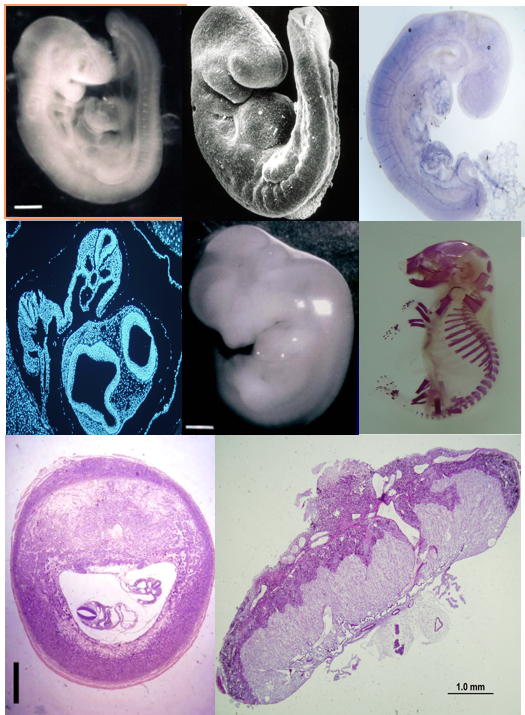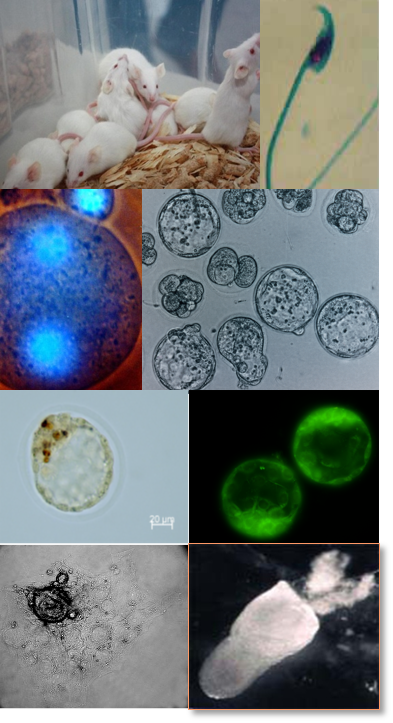Director
 |
Dra. Elisa Cebral Investigadora Independiente CONICET ecebral@nullhotmail.com |
In the LARFIMAE we are currently engaged in the study of the effects and physiological, cellular and molecular mechanisms produced by parental alcohol intake on female and male embryo-fetal-placental development and reproductive processes. The maternal alcohol consumption causes a high risk of congenital anomalies and diseases of fetal intrauterine programming in adult life, which in humans appear as fetal alcohol syndrome (FAS). In addition, intake of alcohol by the male and female, even at low to moderate amounts of ethanol, leads to subfertility, gonadal histo-physiological alterations and various kinds of gametic defects that can be related to embryonic abnormalities and / or early pregnancy loss.
Therefore, our research lines are focused on the study of problematic alcohol use at different levels:
Level 1: reproductive, female and male, including specific objectives:
- A) Study of ovarian effects and gametic after female alcohol intake, analyzing the morpho-functional ovary, both spontaneous and induced ovulation (superovulation) and the oocyte quality;
- B) Study of testicular and gametic effects after parental alcohol intake, involving gonadal and sperm analysis.
Level 2: Gestational and development
- Aiming to studies on the peri-implantation embryonic development, gastrulation, organogenesis and fetal development and analysis of the placentation process from implantation to development of the placenta at term. We use in vivo experimental designs in murine models, and histological techniques, histochemical, biochemical, genotoxicity assays, immunohistochemistry, immunofluorescence, western blot zymography, determination of apoptosis, confocal and electron microscopy, in vitro fertilization, embryo culture, computational analysis images, among others. Our research group has partnerships with other ones from FCEN and other faculties of the UBA as well as from other countries (Brazil, Chile, Italy and Japan).


